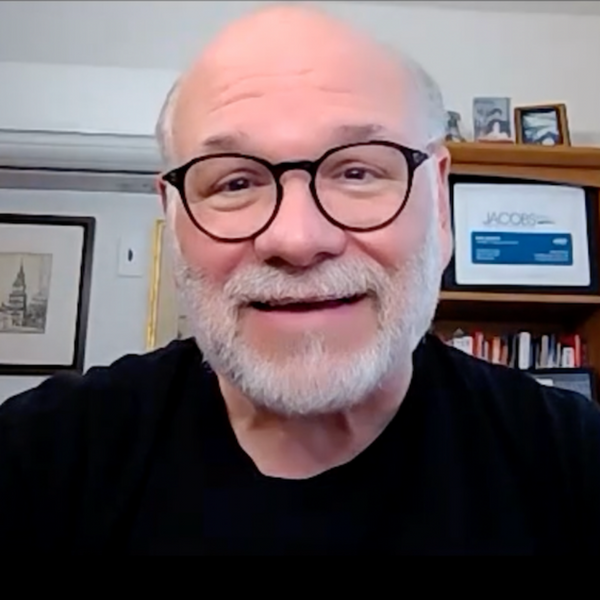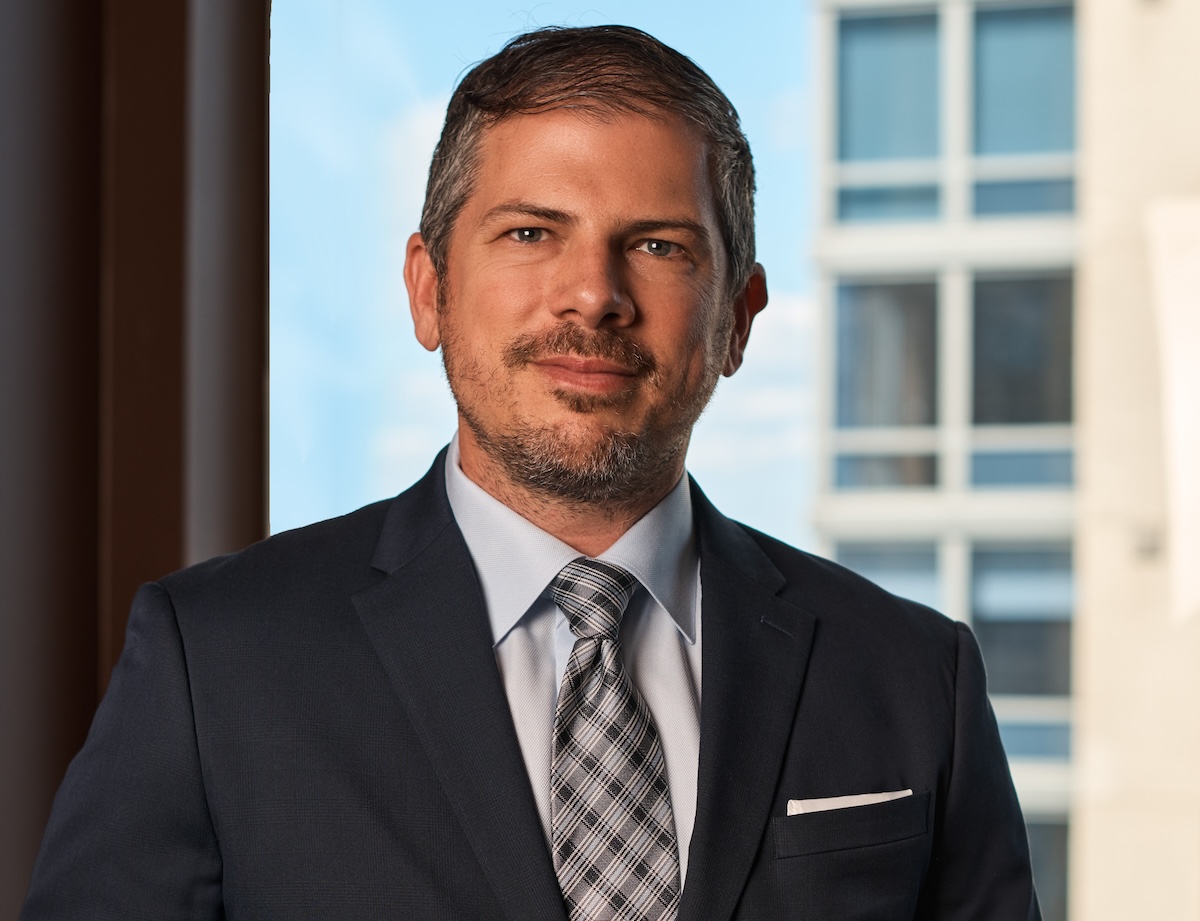VW CCO Cameron Batten on Leading Through Uncertainty
By Ken Jacobs
September 2024
Cameron Batten has been Volkswagen Group of America’s chief communications officer since the summer of 2021. In this role, he oversees storytelling efforts across corporate, internal, product and government affairs in the United States, Canada and Mexico.
Batten, who holds a Bachelor of Arts degree in Journalism from the University of North Carolina at Chapel Hill, previously led communications for Samsung Electronics of America. Before Samsung, he served as the vice president of U.S. Card Communications at Capital One. He has also led communications at Johnson & Johnson, American Express and Royal Philips Electronics of the Netherlands.
Here, Batten discusses leading teams domestically and globally, learning from his bosses and saving time for self-care.
You’ve led teams both domestically and globally. In what ways is leadership country-agnostic?
Technology has made our world more connected and transparent. This creates opportunities and challenges for CCOs. Irrespective of the market, the demand for clarity, context and counsel is universal. As a CCO, your role is pivotal in meeting this demand. Your ability to swiftly convene stakeholders, decipher the truth, drive decision-making and enlist advocates is a key aspect of your role.
Success often hinges on the power and speed of a leadership network, which may only sometimes align with a traditional organization chart or legal entity. It should function akin to your WhatsApp feed, providing instant access to information, fostering a sense of camaraderie through shared humor and offering support to keep you grounded in any situation.
How is leading global teams different than leading domestic ones?
Global leadership requires cultural sensitivity and a deeper understanding of geopolitics. Acting with such diplomacy and curiosity is crucial to winning respect and trust.
When I first moved to Amsterdam as an expat, I was assigned a “cultural buddy” who helped me acclimate to Dutch society and appreciate Dutch character. She reminded me of the country’s long tradition of political and social innovation and taught me that trust-building in Holland is earned rationally, often over a beer or coffee by a canal. This experience transformed the way I built rapport with my colleagues.
Since then, I’ve worked in Korean and German companies, but I lead domestic teams. As a market leader, you operate more like an embassy and ambassador. You serve as a lighthouse for your HQ in any given market, having the network to convene decision-makers to advance your global interests. You relay the hard truth so that they are more successful. You become their “cultural buddy.”
Who are the top two leaders for whom you’ve ever worked, and what did you learn from each?
Terry Fassburg led the brand and PR teams at Philips Electronics, and in 2003, he hired me to join his NYC-based team. It forever changed my life’s trajectory.
He challenged me daily to be present, engaged and courageous. He often threw me into situations that seemed premature for me to handle at the time. He sent me to HQ in Amsterdam to work, live and learn how to lead global teams. He balanced candor with grace and showed me how to host events — big and small.
He taught me the importance of fine food and culture and New York’s role in serving both. He is a friend and mentor, and I am grateful for his leadership.
Another impressionable friend and mentor is Dr. David Steel, who hired me at Samsung. David led the global PR team in Korea before coming to the U.S. to help the company overcome its early brand stumbles in the market.
During my interview, we talked about our love for North Carolina, including BBQ and Cheerwine, and I knew I had to work for this man. His kind heart and thoughtful demeanor as a leader created a crucial steadiness within our team despite the competitive nature of the tech industry.
One day, during a leadership meeting in Texas, about a year into my tenure, he wrote on a piece of paper: “Do not lose hope.” It was his subtle way of seeing and encouraging me simultaneously.
You’ve led PR/external communications, and workforce communications. Do you see these merging in the future?
They are intrinsically linked. However, internal and external teams must prioritize their audiences’ needs. Recognizing and addressing these needs is a way of showing that we value our audiences. I have also observed very different motivations and skill sets in leaders who run internal versus external communications teams.
What’s more important for me is that they can work seamlessly together at the speed of today’s news cycles. This was tested during our recent unionization efforts at our VW Chattanooga plant in Tennessee. We assembled an agile team of external, internal and other functional partners that could operate successfully in a rapid-response environment.
Our company was neutral in the campaign, so our goal was to protect our reputation and correct misinformation regardless of the channel. This required aggressive media monitoring and 24/7 internal stakeholder alignment across the pond and back.
We found that employees’ and media’s needs were vastly different. While we worked with common messages, each group segmented them to their respective audiences’ needs. Based on the voting results, we had a scenario plan for each audience. That seamless way of working continues as we move forward with contract negotiations.
Public relations seems to be rising out of the 2023 slump. However, 2024 has special challenges due to the election and various global events. What’s your advice on how to lead through uncertain times?
Every day is uncertain, but with the right preparation, we can face any moment with confidence. I encourage practitioners to be proactive and prepared for the unexpected.
Have a scenario plan and a statement library ready for any risk. Have a sound monitoring system for when an influencer name-drops your company or stages a rally at your office or retail environment.
Double down on company values and leverage them for internal campaigns and decision-making. Remain open-minded and look for opportunities to reinforce humanity. The workplace can be an environment of stability, comfort and trust. Find ways to bring people together and incorporate entertainment, humor and creativity to deepen engagement and further insulate your culture.
My self-care routine is not just a set of practices, but a tapestry woven with the love and support of those around me. It includes exercise, a healthy diet, my Oura ring and a Louise Hay calendar. My strong Southern family encourages me, friends keep me grounded and a loving husband keeps me laughing. Their presence in my life is a constant reminder of the importance of supportive relationships in our self-care journey.
This extends to pets, too. One of my daily rituals is a 30-minute walk with our loyal German Shepherd. Each morning, we escape to the Catskills or to one of New York City’s great parks. With only a Frisbee or ball in hand, he teaches me the art of remaining present and an appreciation for finding joy in this journey.



